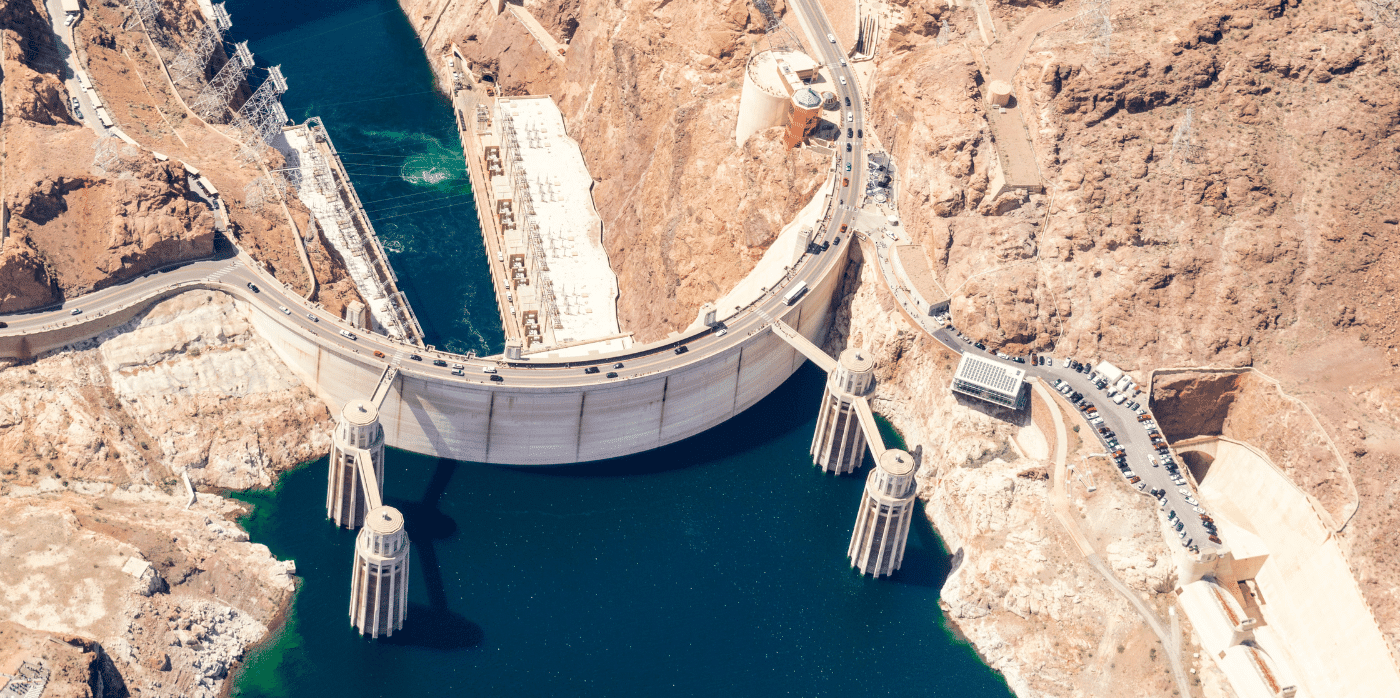China to use robots to 3D print the second-largest hydroelectric power station in Asia
Spotted: China recently announced the construction of a massive dam on the Yellow River in Qinghai Province. The hydroelectric power station will be the second-largest in Asia. At 390-feet tall, the dam will be similar in height to the Three Gorges Dam (594 feet tall) – which is currently the biggest hydroelectric power plant in the world.
As the world moves to stop burning fossil fuels, two of the most popular renewable energy sources are solar and wind. Despite solar and wind power getting most of the attention, hydropower is more efficient and has a higher output capacity. In such a spirit, China’s Yellow River dam will show that hydropower is still a viable option for generating large amounts of renewable electricity.
Construction of the Yangqu Dam is well underway, and plans are for it to be built entirely by robots, without any human labour. The use of artificial intelligence (AI) and robots for construction is not only faster and more efficient – it also eliminates the need for human labour, which can be expensive and dangerous. In the case of the Yangqu Dam, using robots will also help to ensure that the dam is built to exact specifications.
In 2024, the first section of the Yangqu Dam will become operational. The entire project is expected to be completed the following year. Once complete, the dam is predicted to generate almost five billion kilowatt-hours of electricity per year, according to the South China Morning Post. That’s half a billion more than Arizona’s Hoover Dam – which is 726 feet tall and took 5 years to build. Ninety-six people also died during construction of the Hoover Dam. It is hoped that with 3D modelling and robotics, Yangqu Dam will be built without such risks.
Other construction innovations involving robots recently spotted by Springwise include autonomous robots that reduce construction errors at the start of projects, a carbon-negative construction company that uses robotic builders, and the world’s largest 3D-printed building constructed by a robotic construction company.
Written By: Katrina Lane
31st May 2022
Website: jst.tsinghuajournals.com

